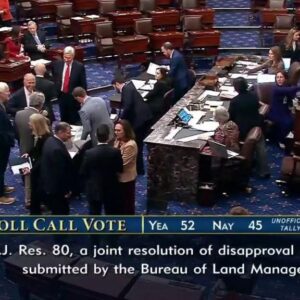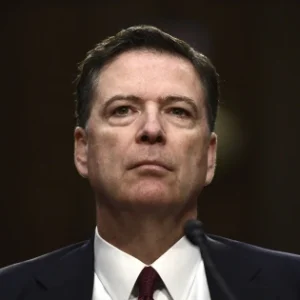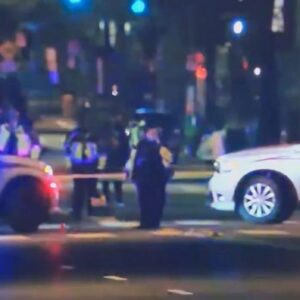Recent developments in the legal troubles of James Comey reveal a tangled web of accusations and counteraccusations that reflect his deepening predicament. He stands accused of serious offenses, including leaking classified information and lying to investigators. The indictment against Comey has sparked fierce debate, particularly from his legal team, who argues that it is a result of “personal hostility” and “abusive prosecutorial power” orchestrated by the former president.
Comey’s defense hinges on claims that the indictment stems from a vendetta, specifically linking it to President Trump’s alleged animus towards him. However, Comey himself has previously engaged in behavior that raises questions about his integrity. A notable instance occurred when he posted a photo on Instagram featuring beach shells arranged to resemble the numbers “86 47.” Such symbolism has led to interpretations that he was issuing a veiled threat against Trump. Laura Loomer, a prominent conservative voice, publicly condemned the image, suggesting it indicated a call for violence against the former president.
CONTINUE READING
The trial forward presents an opportunity for Comey’s attorneys to challenge the legitimacy of the prosecutor involved. They claim that the U.S. attorney who brought the case against Comey was unlawfully appointed. Moreover, they argue that the timing of this appointment suggests that the prosecution was fueled by Trump’s public dissatisfaction with the Justice Department’s inaction regarding Comey and other political figures.
Trump’s social media posts, where he expressed frustration about “nothing being done” about investigations targeting Comey and others, have been highlighted by the defense. According to his legal team, the subsequent appointment of Lindsey Halligan, described as a personal lawyer to Trump, is an attempt to politicize the legal process. They assert that this chain of events demonstrates a clear violation of judicial protocols aimed at silencing dissenting voices.
What Comey’s team often overlooks are the conflicts of interest that swirl around him. The previous U.S. attorney who oversaw the investigation had connections to the Mueller probe, which Comey was deeply involved in. In a further twist, Comey’s own family ties complicate matters as his son-in-law previously worked under the interim U.S. attorney’s oversight, only to resign in the face of scrutiny.
In a situation that many might find bewildering, Comey’s representation, particularly by Patrick Fitzgerald—who some claim is entangled in the allegations against him—raises eyebrows. How can a lawyer accused of complicity in the alleged conspiracy represent Comey without a perceived conflict? This contradiction amplifies the impression that Comey and his associates are engaged in a projection of guilt, attempting to redirect attention away from their own alleged misdeeds and focus it instead on perceived injustices.
The narrative surrounding Comey is punctuated by a persistent sense of irony. The accusations against him—including the leaking of classified information—seem to resonate with the very actions he now accuses others of taking against him. His legal team’s strategy appears to be one of deflection, seeking to frame Comey as a victim of a political witch hunt, rather than confronting the serious nature of the allegations against him.
At this juncture, the trial will serve as a litmus test for the judicial system’s integrity and its ability to handle politically charged cases devoid of bias. Comey’s defense will need to navigate through the weight of evidence and the implications of their client’s prior actions. As the legal battle unfolds, it becomes increasingly clear that Comey’s narrative hinges not only on challenging the players involved but also on redefining his personal history—a task that may prove to be as daunting as the charges themselves.
In sum, Jim Comey’s situation is a classic case of a public figure grappling with the consequences of their past decisions. Whether he can successfully divert attention from his alleged misconduct and emerge unscathed remains to be seen. What is evident is the ongoing complexity surrounding his case, marked by layers of political intrigue and personal stakes that continue to captivate the public eye.





